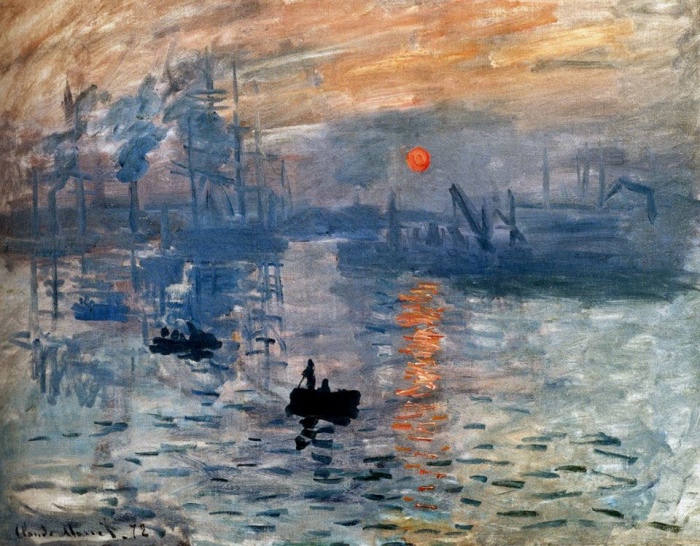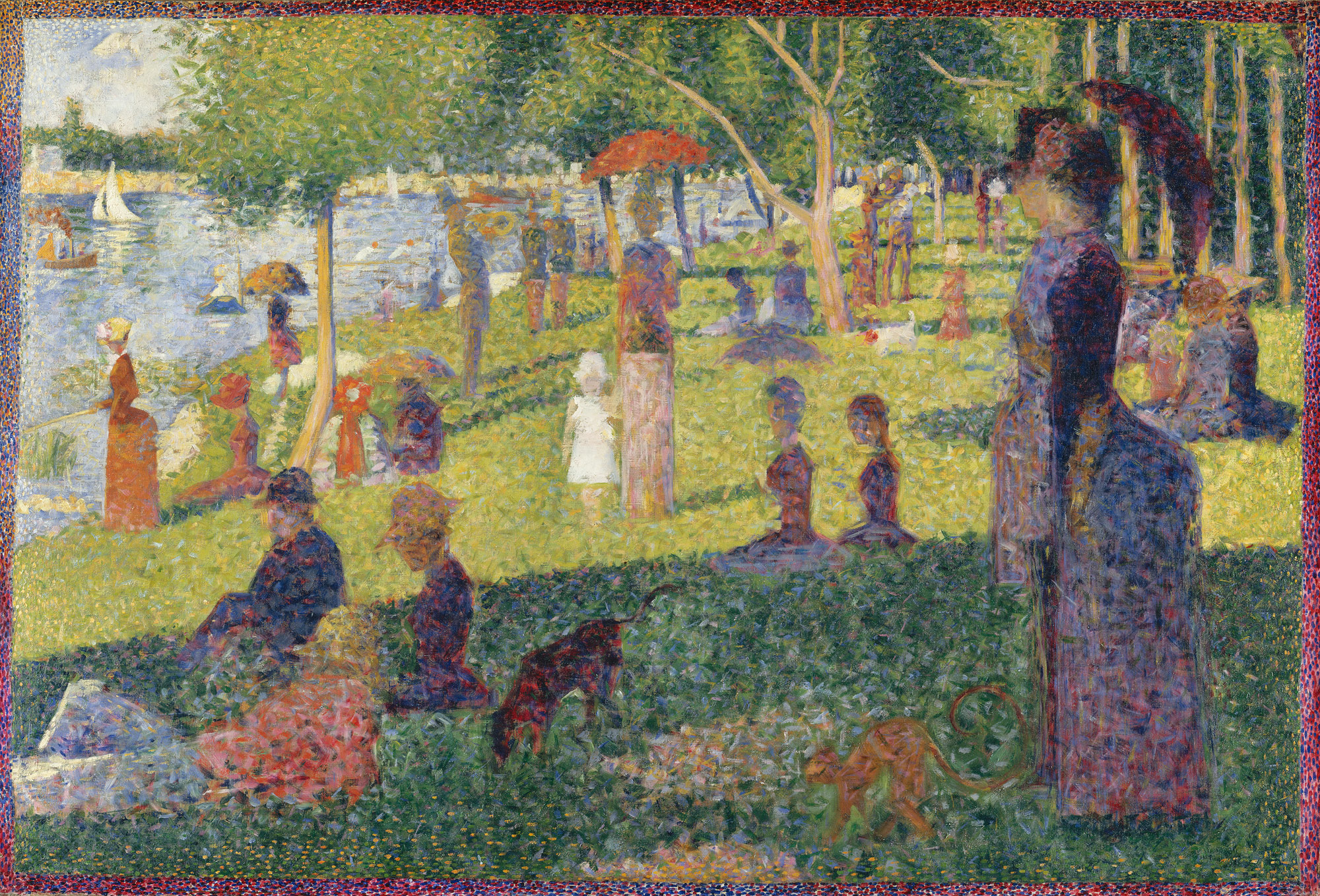Oil Studies #2 – Color and Glazing
What? / The Challenge: Instead of physically mixing the final colors as they appear in your still-life set-up, in this technique we build layers of the component colors using the more transparent pigments. You need to analyze not just the local color of your object and background but the tonal color. How would you make the well-lit areas? How would you make the color you need for the shaded areas? Then lay down each component color in successive colors building to the final color. At the very end you may use a little white for shine or extreme highlight.
Why? / Goals: Through this study you will learn through experience the technique of “glazing” (where painters build colors through successive layers) in order to create a greater sense of depth in the picture plane. You will also learn from experience about the nature of the specific paint pigments we have available to us in the studio. Each pigment will have its own characteristics. You will find that some are more transparent and lend themselves to this technique whereas others can be more opaque, and tend to cover up rather than layer. You should also become aware of the different “tinting strength” of our pigments. Tinting strength refers to how powerful one pigment is compared to another. A little bit of Pthalo Green is much more powerful than a big dollop of cadmium yellow. Painters need to have this knowledge of their pigments in the way chefs need to know about the flavor of their spices.
Then what?: You will most likely find this knowledge and these techniques useful (if not actually essential) as you develop the next painting project where the objects and environments become more complex.
Process: Start out with thin layers of one of the component colors of the final tonal color for on area of your composition. Maybe some green for a shadow area of a red object, maybe some yellow for a highlight area of a green. As each layer dries, build on top with more of the component colors needed to achieve your final appearance. You may use slightly thicker and thicker layers as you go. At the end you may use some white to get the highlights and shine to “pop”.
Time Frame: About a week of classes.
Oil Study Glazing Success Rubric
| |||
Value
|
Concept 5%
|
Design 10%
|
Use of Media 85%
|
Amazing
|
There is an obvious attempt to chose objects and arrange them in their environment to add interest or personal significance even though this is just a study.
|
The objects are arranged in the scene to create a sense of space with lighting that creates some dramatic light and shade in order to address the challenge with this technique. The background fabric has some challenging wrinkles.
|
Many successive layers of transparent pigments are used to not only build the subtle differences in tonal color of the objects but create, as well, a sense of depth in shadow and emphasize the form of the objects.
|
Ok
|
Objects and their background are chosen to address the challenge present.
|
The objects are placed side by side and the lighting is somewhat uniform. There are not many wrinkles in the background fabric.
|
There is some obvious attempt to build layers of colors but still arrive at more local colors rather than the subtle tonal colors of the objects.
|
Poor
|
Objects chosen don’t really allow for much opportunity to address this specific challenge.
|
Objects and background are merely shapes with little development of form and space.
|
Color layers are opaque with little sense of the transparent effects sought in this challenge.
|











